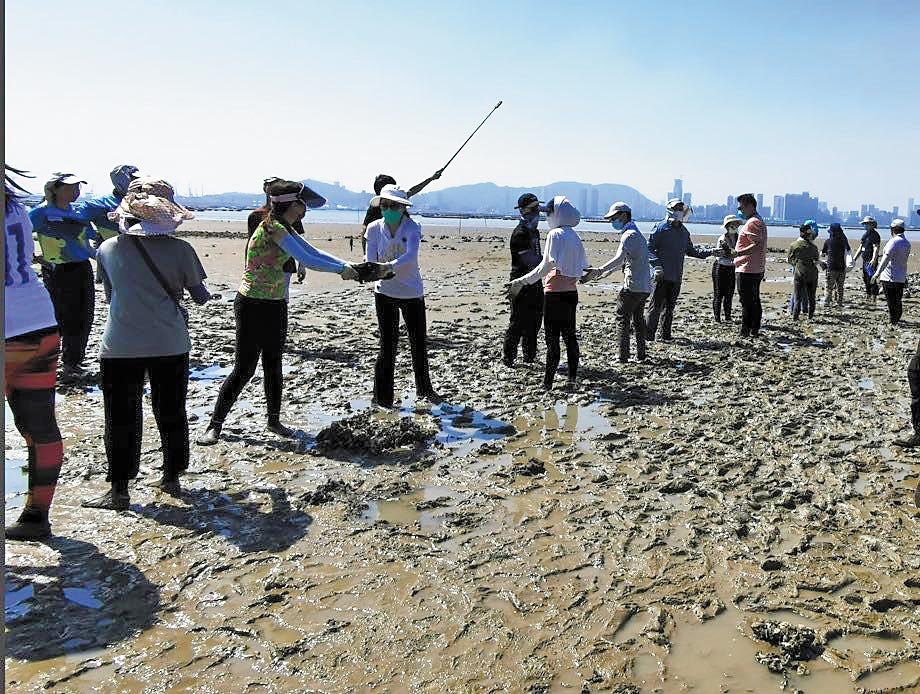Oysters help clear the waters in Hong Kong


Joint efforts
Chan Shue-fung, head of the Deep Bay Oyster Cultivation Association, was born to a family with a history of more than 50 years in raising oysters. In 2014, he inherited the family oyster farm at Lau Fau Shan from his father. Four years later, Law approached Chan about recycling the oyster shells.
Chan's family members recycled such shells several years ago, but for commercial purposes. They ground the shells into powder and sold them as soil additives or fertilizer supplements. Chan stopped this practice when it was no longer lucrative — later restarting it to protect the environment.
He began recycling shells for TNC. After the oysters matured, he removed the meat to sell it, collected the shells, and sent them to his farm for twice-monthly collections by TNC.
For a year, his farm produced about 8 tons of oysters and provided some 3 tons of shells to TNC. With the emergence of the pandemic, oyster production at the farm fell, but Chan still saved the shells for TNC, and called on members of his association to join the recycling effort.
With the help of local communities, as of July 21, TNC had collected 25.2 tons of discarded oyster shells, with 3.1 tons gathered by volunteers, 19.7 tons from restaurants, and 2.4 tons from oyster farmers.
About 21 tons of oyster shells have been placed on the seabed in four TNC projects.
The organization's first pilot reef was launched in Lau Fau Shan in May 2018 in partnership with the Swire Institute of Marine Science at the University of Hong Kong, or SWIMS. A year later, TNC introduced its second pilot reef at Tolo Harbour in the New Territories.
Working with the airport authority, TNC conducted the city's first oyster restoration project on Lantau Island, west of Hong Kong Island, in June last year. It also initiated a new restoration plan in Tolo Harbour in June.
In addition, TNC is talking to key players in the Guangdong-Hong Kong-Macao Greater Bay Area about introducing the oyster recycling project to coastal areas of the Chinese mainland.
After observing the pilot reef in Lau Fau Shan, SWIMS found that an oyster species from Hong Kong with the scientific name Crassostrea hongkongensis can filter up to 30 liters of water an hour in summer temperatures, among the highest filtration rates recorded from an oyster species.
SWIMS also found that more than 80 marine species are growing around the pilot reef in Lau Fau Shan, including fish, shrimps and crabs. Some 60 percent of these species, although not newly discovered, can only be found at TNC's pilot reefs in Hong Kong.
A tiny crab, Nanosesarma pontianacense, which is mainly found on Indian Ocean shorelines, was also recorded in Hong Kong for the first time by SWIMS on the pilot reef.
The airport authority said it is considering further expanding the pilot study and introducing more oyster reefs in local waters.
























